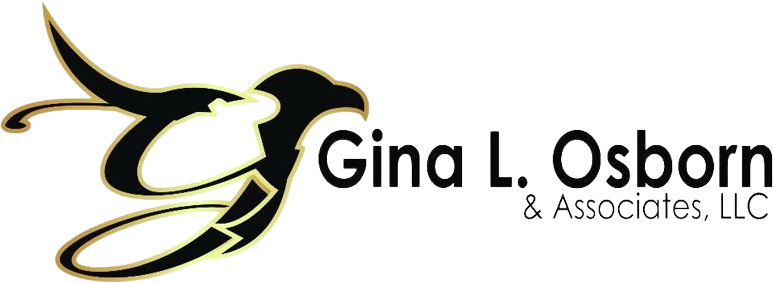Welcome to the final article in our series on leading through chaos. In the previous articles, I shared insights on transforming tolerations into triumphs and the critical importance of setting boundaries—lessons I’ve learned from my time with the FBI. Now, I’m excited to put it all together with a practical self-assessment guide designed to help you evaluate and resolve conflicts effectively.
Think about your team and a particular issue causing conflict or creating chaos. This can be anything from a nagging annoyance to a significant thorn in your side. Take a moment to identify it.
Now, let’s dive into a few questions about this conflict.
- 1. Am I Involved in This Problem as a Participant, a Bystander, or Did I Create It Myself?
This question can be tough, especially if you’re honest with yourself. If you’re in charge and your team is experiencing conflict or chaos, how are you accountable? How do your decisions play a part? Consider what you can do—or stop doing—to resolve it.
2. Am I Trying to Put Out the Fire, or Am I Pouring Gasoline on the Flames?
Evaluate how your actions might be contributing to the problem. As a leader, you might add to the issue by taking certain actions or doing nothing at all.
3. What Do I Want the Final Outcome to Be?
When you begin to address a problem, take some time to devise a strategy. What does success look like after you dig in and solve the problem? Consider what liabilities might lurk in the shadows if you solve the problem incorrectly based on a knee-jerk reaction.
4. What Can I Do to Mitigate or Fix the Problem to Achieve the Ideal Outcome?
Once you have a strategy in place, it’s crucial to create a detailed roadmap on how you plan to resolve the problem. Begin by breaking down your strategy into actionable steps, ensuring each step is clear and manageable. This roadmap should include specific tasks, deadlines, and the resources needed to execute them effectively.
5. Do I Have the Skills to Resolve It?
As leaders, we solve problems daily, but sometimes, winging it isn’t an option. Assess the skills you need to resolve the issue effectively. For example, the higher I rose within the FBI as an executive, the more I became a jack-of-all-trades rather than an expert on any given thing. My role before I retired was to ensure everyone was in the right seat on the right bus heading in the right direction and to get my people everything they needed to do their jobs.
If I didn’t have the expertise to solve a problem, I had experts at FBI Headquarters, and I could call for advice and double-check my approach. As leaders, we don’t have all the answers, so be innovative and find someone who does.
Turn Chaos Into a Manageable Situation
When it comes to controlling conflict or chaos, it’s essential to understand your contribution, identify what resolution looks like, and consult experts before the problem becomes a crisis. By asking these questions and honestly evaluating your role and strategy, you can turn chaos into a manageable situation and lead your team through it successfully. Embrace this self-assessment to refine your approach and create a more structured, efficient, and harmonious work environment.Thank you for following along with our series on leading through chaos. I hope these insights and strategies have provided you with valuable tools to navigate and resolve conflicts within your team. Remember, the journey from chaos to order is continuous, and your commitment to improvement makes all the difference. To learn more about “Leading Through Chaos” along with other topics that I speak to audiences about, visit ginalosborn.com
About Gina L. Osborn
Gina’s career began in the U.S. Army’s Counterintelligence Program investigating high-profile espionage cases in Germany at the end of the Cold War. After graduating from the FBI Academy in 1996, Gina became the only FBI agent on a task force addressing Asian organized crime in Orange County. Post-9/11, she coordinated counterterrorism efforts in Los Angeles and led the FBI’s Cyber and Computer Forensics Program, notably investigating the Sony Pictures hack. In 2022, as LA Metro’s Chief Safety Officer, she reduced violent crime by 34% before being unlawfully terminated after a whistleblower complaint. Now an international speaker and host of Lead Like a Lady podcast, Gina shares insights on leadership in male-dominated fields and inspires with her message to “just accomplish the mission.”
To learn more about Gina’s speaking topics and book her for your next event, visit www.ginalosborn.com.

